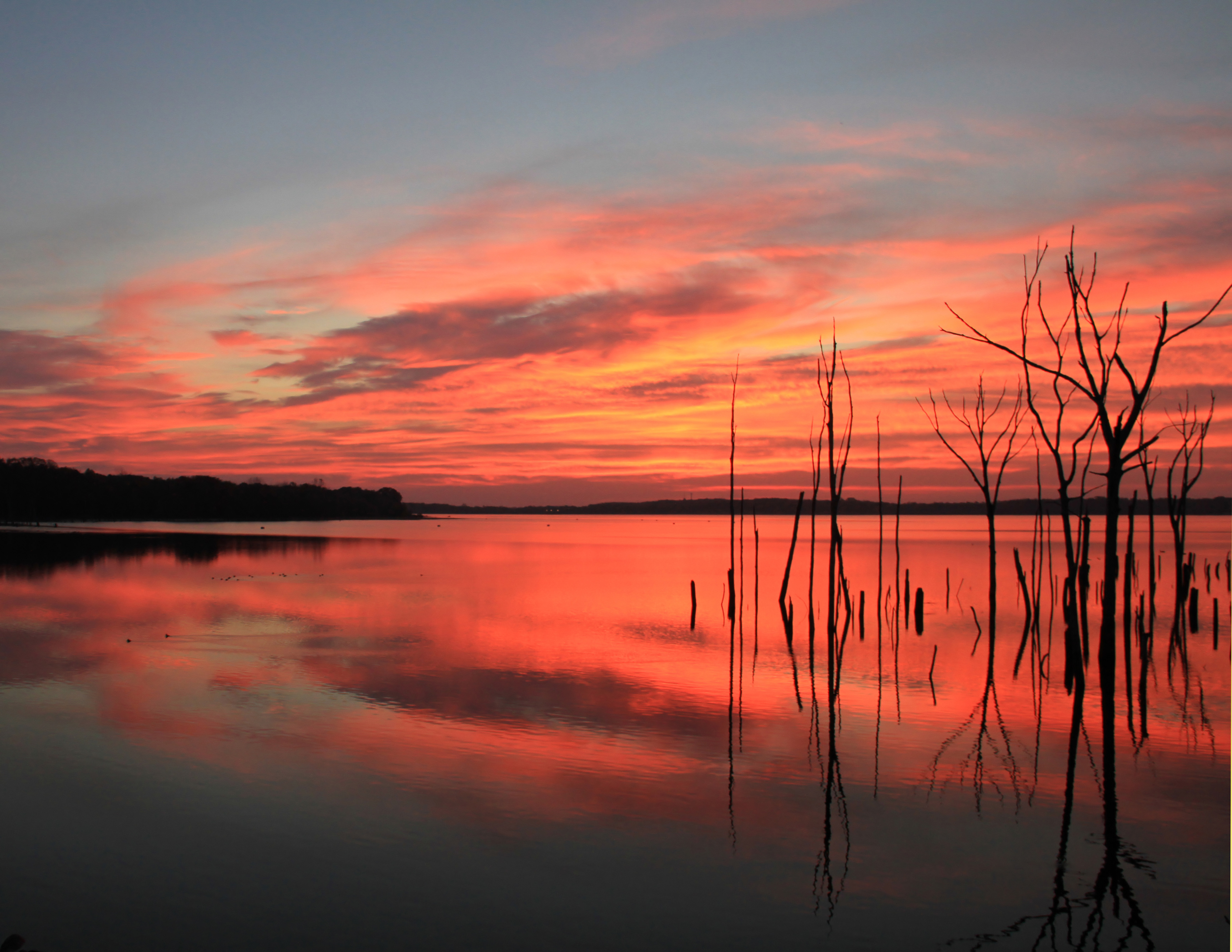
Some simple reflections can be performed easily in the coordinate plane using the general rules below. The fixed line is called the line of reflection. When reflecting a figure in a line or in a point, the image is congruent to the preimage.Ī reflection maps every point of a figure to an image across a fixed line. Figures may be reflected in a point, a line, or a plane. It provides an organised way of increasing awareness (What), evaluating information (So What), and experimenting with new behaviour (Now What).Representing a flip of a figure. You might find Borton’s model works for you.

The ray that bounces back is called the reflected ray. The incident light ray that land on the surface is reflected off the surface. …is the main learning that I take from reflecting on my practice in this way? When a ray of light approaches a smooth polished surface and the light ray bounces back, it is called the reflection of light.…difference does it make to the students if I choose to do nothing?.…are the implications for me and others in school based on what I have described and analysed?.These are the proposed actions following an event, experience, lesson etc. This is the stage which requires you to think about what you are going to do next and what the consequences of your actions might be. … is the purpose of returning to this lesson?.… observations does any colleague helping me to reflect on my practice make of the way I acted at the time?.… have I noticed about my teaching behaviour in practice by taking a more measured look at it?.… positive aspects now surface from the experience?.… were the effects of what I did (or did not do)?.… are my feelings now, after the lesson, any different from what I experienced at the time?.… did I feel at the time of the lesson?.The So What stage is rational, intellectual, cognitive – a delving into the meaning of what has just happened…


Why did things happen in the way they did? This is where you try to make sense of what has happened in the situation you described and to consider what you could have done differently. … is the purpose of returning to this situation?.… did other people do who were involved in this?.

This should succinctly describe what has happened, what you and others have been doing. In this part of the process you describe what has happened in relation to a task, event or experience. Within this book he developed a What, So What, Now What sequence of reflective education that also acts as a framework for reflective practice.īorton describes this model as a fluid process where no part of it can exclude another – it is a “continuous integrated flow”with no beginning or end. Reach, Touch and Teach was published in 1970 by an American school teacher, Terry Borton. One such model is called Borton’s Model of Reflection. All can help to direct individual reflection and make us more effective teachers. In order to provide a framework for methods, practices and processes for building knowledge and understanding of our teaching and learning experiences, there are several models of reflection available.


 0 kommentar(er)
0 kommentar(er)
